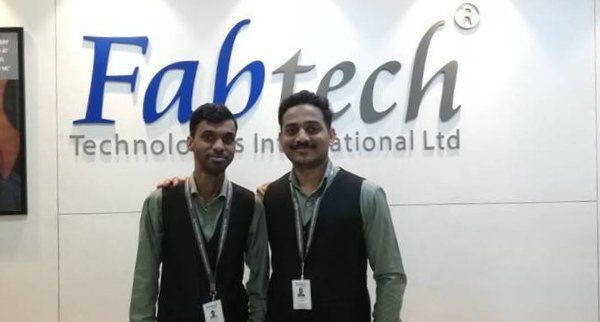Everyone matters: Hiring the handi-capable

Even if we stick with official Indian estimates, only 36.3% (9.8 million) of the differently disabled people in India are employed with a 70:30 men to women ratio. Without sustained investment in skills training, there will be minimal improvement in these figures.
Another critical factor impacting these numbers is the slow pace of mainstream employment for the differently abled. Diversity is a business imperative and not a CSR initiative. It has been proven many times over that an inclusive workplace is always a sound business decision.
The corporate world tends to focus on the disability rather than the ability, when it should be on what the individual can do instead of what they cannot. Many businesses are reluctant to hire people with disabilities because they believe productivity and bottomline will suffer because of non performance. The differently abled have distinctive skills and perspectives that many companies will find invaluable if they just took that first step.
The Rights of Persons With Disabilities Act, 2016 (PwD) was an important milestone in the movement for equal opportunities for differently abled people in India. When the Supreme Court directed states to implement this legislation, there were already several businesses, Fabtech among them, who were already on the path of inclusion for the differently abled in the workplace.
We have in our employ, for over three years now, two hearing and speech impaired staff. Here are some of our learnings:
Employees with disabilities tend to rank as good or very good on work quality, motivation, engagement, integration with coworkers, dependability, and attendance.
Employment is an act of empowerment for the differently abled. It builds confidence and adds to self worth. Just like ‘normal’ folk the differenty-abled have aspirations of economic and personal independence, the desire to look after themselves and their families.
They have higher retention rates. They possess higher attention to detail, stronger commitment levels, better customer care skills, higher learning ability whereby they tend not to repeat mistakes and lower attrition levels which is a huge advantage.
On the surface, hiring a handicapable employee is no different from any other hire. Like with any other hire, the fit is critical. However, it is important to ascertain your goals for assimilating these employees into the mainstream workplace and have a plan in place to deliver them.
Co-worker attitude is a critical aspect of this assimilation. Attitudes may vary from discomfort to indifference to even patronising, and sensitising employees is vital.
The greatest benefit of bringing differently-abled personnel into the fold is that it creates an integrated workplace, and creates a visible sense of equality. It encourages compassion and empathy and creates an inclusive culture.
Feedback should never be sugar-coated or even withheld. As with any other employee, constructive feedback is vital for professional growth.
Investing in training and re-skilling, just like you would for any other employee, ensures a growth plan for the employee.
Employees with disabilities are more likely to keep a longer tenure with a company, reducing your recruitment costs. They also tend to seek stability and are unlikely to switch jobs frequently.
A robust workforce includes people of all abilities. By integrating people with disabilities into our workforce we have taken a big step towards a diverse, more inclusive workplace. We won’t say it has been smooth sailing, but it has definitely been worthwhile.
Categories
Recent Posts
Subscribe
Never miss a post from Fabtech. Sign up to receive updates direct to your inbox.
